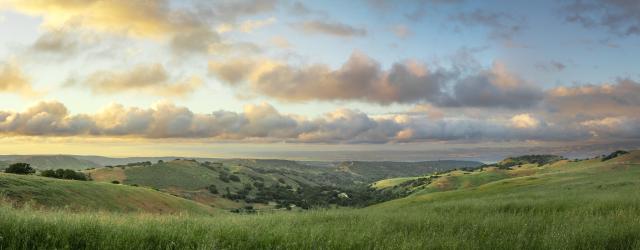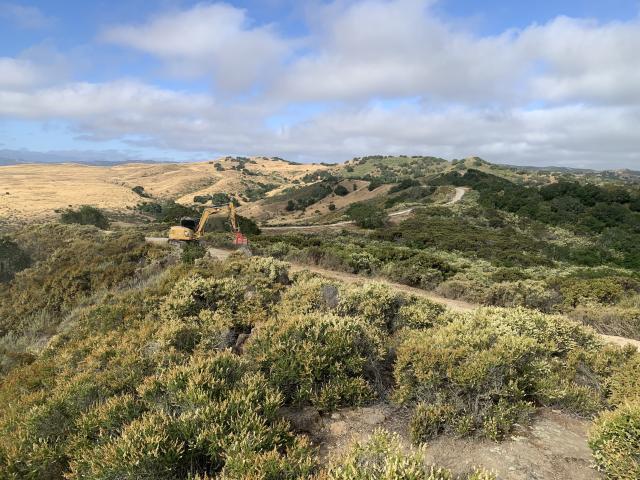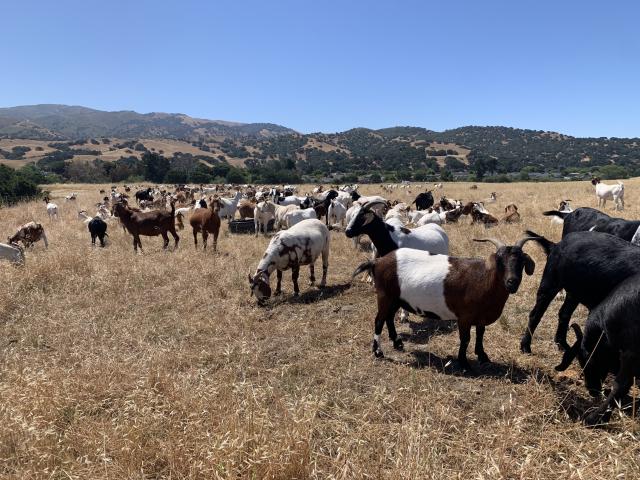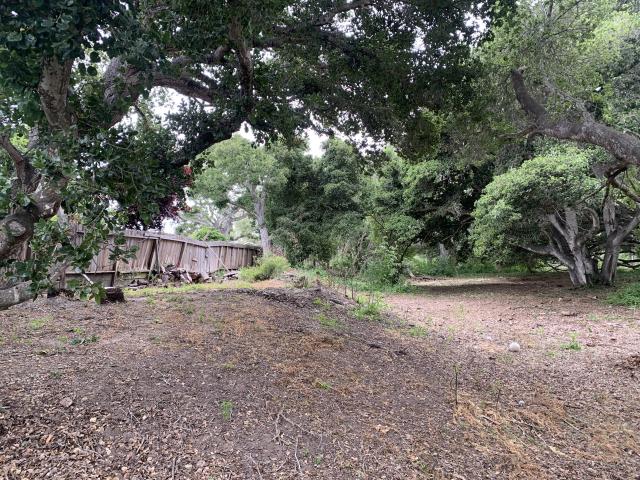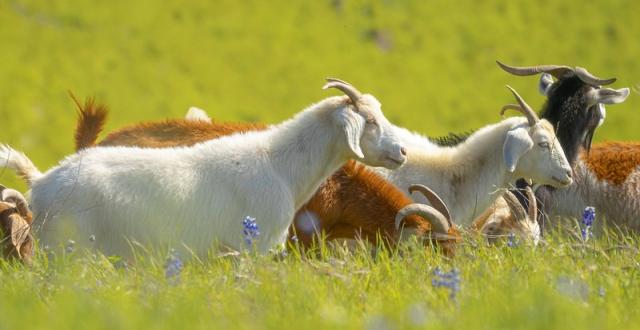Related Stories
- Nine years of partnership pays off: Fitzhugh Creek Meadow restoration achieves dramatic results
- Rural wildland firefighting partners grateful for BLM gift
- BLM Fire Team brings Smokey Bear to Kingman’s Street of Lights
- BLM hosts fire investigation training course to strengthen wildland fire investigation capacity across Arizona and the West
- Stewardship and smiles at Samoa Dunes: BLM California hosts National Public Lands Day event
Office
940 2nd Avenue
Marina, CA 93933
United States

